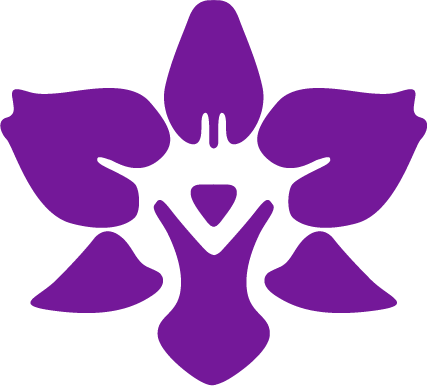How To Explain Specialized Kinesiology To Your Clients
One of the challenges of practicing Specialized Kinesiology (SK) is explaining to people exactly how it works. How do you explain it to first-time clients to begin incorporating it into your practice?
We’ll combine a particular healing philosophy with the Bioenergetic Model to explain what SK is to those who have never experienced it.
The philosophy of healing is that the human body is always striving to self-correct and that we all possess innate healing intelligence inside ourselves. When physical problems arise, we can assume an internal blockage is present—this may be physical, biochemical, emotional, and/or energetic in nature. Stress of any kind can cause our systems to get ‘overloaded’ and in need of rebalancing.
These blockages most often lead to compensations—giving our body the ability to continue to function despite imbalances and negative consequences. Compensations require excess amounts of energy. And the excess amount of energy required to keep going pulls on the body’s reserves.
If this goes on long enough, the compensation becomes accepted as the status quo, making it difficult to identify the original root problem. By this time, the road back to recovery can be a long one.
Specialized Kinesiology is often considered “unscientific” because it does not easily fit into the current scientific/medical model of research. However, there IS a model that explains quite nicely how it works—the Bioenergetic Model.
Adam Leman, director of the Institute of Bioenergetic Medicine, defines “bioenergetic” as the study of the flow and transformation of energy, in and between living organisms, and between living organisms and the environment.
This definition (which, by the way, is from science) explains why different practitioners can get different answers. Combining different energies sometimes results in different outcomes. Also, different environments can affect how we feel and interact with different people at any given moment.
Explaining to clients how you’ll identify blockages
Muscle response testing (MRT), or muscle testing, taught in Specialized Kinesiology is not a healing modality in itself. It is a way to gain feedback from the body.
Chinese Medicine asserts that all disease begins in a person’s energy system before symptoms show up in the body. Muscle testing is a tool for identifying and assessing imbalances to gain insight into health issues.
The corrections (taught in my SK workshops), however, are how you can correct these blockages. Thus, muscle response testing and applying corrections work in tandem to identify and correct imbalances. More on this later.
Why muscle testing works
Muscles have electricity running through them. When blockages or imbalances are present, the muscle will unlock as a result of faulty signaling. It’s like what you see during a storm when the power gets knocked out from electric overload.
We have many reflexes in our body that are connected to our electrical circuits. These reflexes act like switches to restore the power. Through muscle testing, we’re able to identify which circuits are affected and what type of correction is needed.
What are the corrections we apply?
A variety of techniques are used to correct imbalances. Balance may be achieved by working with specific acupressure points, holding points (like Neurovascular Holding Points), tapping points, massaging specific reflexes, tracing electrical pathways along body lines, working with emotions, releasing stress, and more. The body’s response to the muscle test determines which techniques are used to restore balance to the body’s energy system.
We know the correction is successful when the muscle response shows a positive change!
After receiving a Specialized Kinesiology balance, clients often report a significant decrease in pain, more flexibility, better posture, improved focus and memory, better sleep, improved digestion, coordination, hearing, vision, balance, fewer headaches, calmer emotions, more motivation, and a deep sense of inner calm.
When explaining to clients, receiving an SK Balance can be compared to:
- Get your car tuned up for improved performance
- Tuning a musical instrument for a clearer sound
- Peeling the layers of an onion to get down to core issues
By working with a skilled SK practitioner, your clients will be able to get on track experiencing restored health and vitality!

